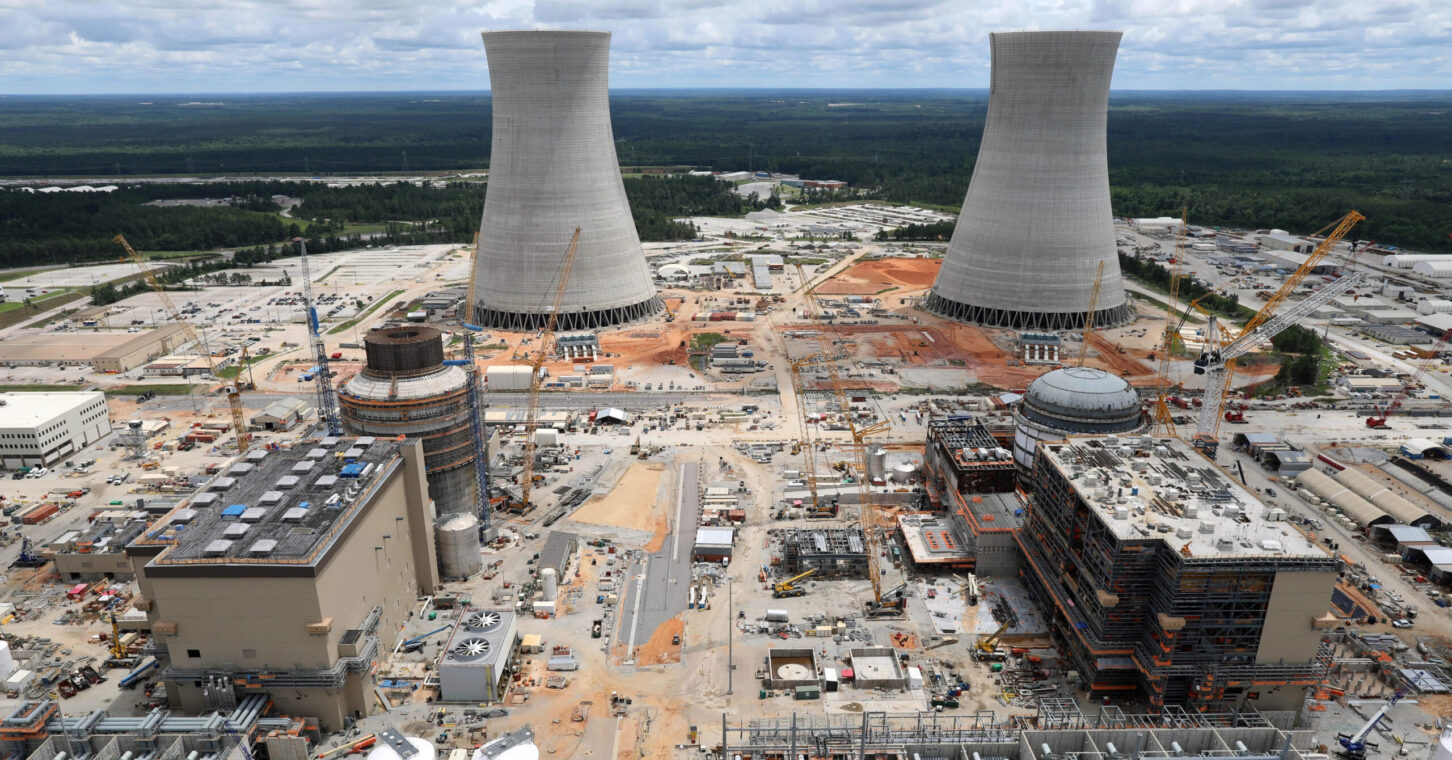
I’m unsure if most Georgians recognized just what a milestone was – finally – achieved this past week.
With a simple press release, Georgia Power announced that the third nuclear reactor at its Plant Vogtle near Augusta had begun commercial operation. The first two have been humming along since the 1980s.
It only seems like Unit 3 was started that long ago.
In reality, Unit 3 went online just shy of 17 years after the initial permit for its construction was filed, and a decade after construction began. (Unit 4 may join it in sending electricity to the grid within months.)
So long were the delays, and so steep the cost overruns, that some will be tempted to brand the project a failure. That would be a mistake.
It is true that the cost overruns were steep, from initial estimates of $14 billion to current projections surpassing $30 billion. And the delays were indeed long: The original schedule had the two reactors being completed in 2016 and 2017, respectively.
But some perspective is in order.
Not all of the blame can be laid at the feet of the plant’s owners, which include not only Georgia Power but Oglethorpe Power (serving Georgia’s electric membership corporations), MEAG (serving 49 cities) and Dalton Utilities. Far from it.
The original lead designer and contractor on the project, Westinghouse, declared bankruptcy in 2017, forcing the owners to take over. The owners also faced costly regulatory delays along the way. Labor shortages, COVID-19 and the subsequent supply-chain breakdowns – it sometimes felt like the whole world was conspiring against the project.
But the truth is this was the first totally new nuclear power plant begun in the United States during my lifetime, and I’m almost 45 years old. This is not something for which Americans have a lot of experience and expertise anymore, which is not a good thing. And if you could see the site up close, as I have twice, you would understand just what a vast undertaking it was.
Still, the question has been asked many times: Why continue? Why treat Vogtle as essentially “too big to fail”?
Because, frankly, it was too important to fail.
As everyone knows, our state has been growing rapidly. Not only in population, which amounts to about 1 million new residents per decade, but in industry.
Every new manufacturing plant announced to great fanfare – and there have been many in recent years – represents new demand for electricity. Manufacturers come to Georgia for many reasons, but an unsung hero is our utilities’ ability to provide inexpensive, reliable power.
Natural gas has grown, but largely as a substitute for coal. That’s good for carbon emissions – it’s a big reason Georgia’s electric power sector now beats the national average for carbon produced per dollar generated. It’s also a major reason Georgia has accomplished as much while maintaining greater reliability than states like California or Texas.
But that dramatic increase in natural gas usage for electricity generation has not increased capacity. Hydroelectric power has remained steady but small. Solar, which only recently surpassed hydro in Georgia, has a long way to go and remains an intermittent source: It doesn’t work at night, and we can’t yet store any excess power it produces during the day.
Greater energy efficiency has long made up the difference as demand soared and supply did not. But Vogtle Units 3 and 4 represent Georgia’s first substantial “bump” in electric power generation in some time.
More broadly, it was important that somebody proved we can still do difficult, audacious things in this country. From major new public works projects to manned space exploration, we spend more time talking than doing – hamstrung by a thicket of rules we’ve made for ourselves.
Making things harder to do is a policy decision. So is doing them anyway. For our nation’s sake, let’s hope we don’t wait four more decades for the next new nuclear reactor.